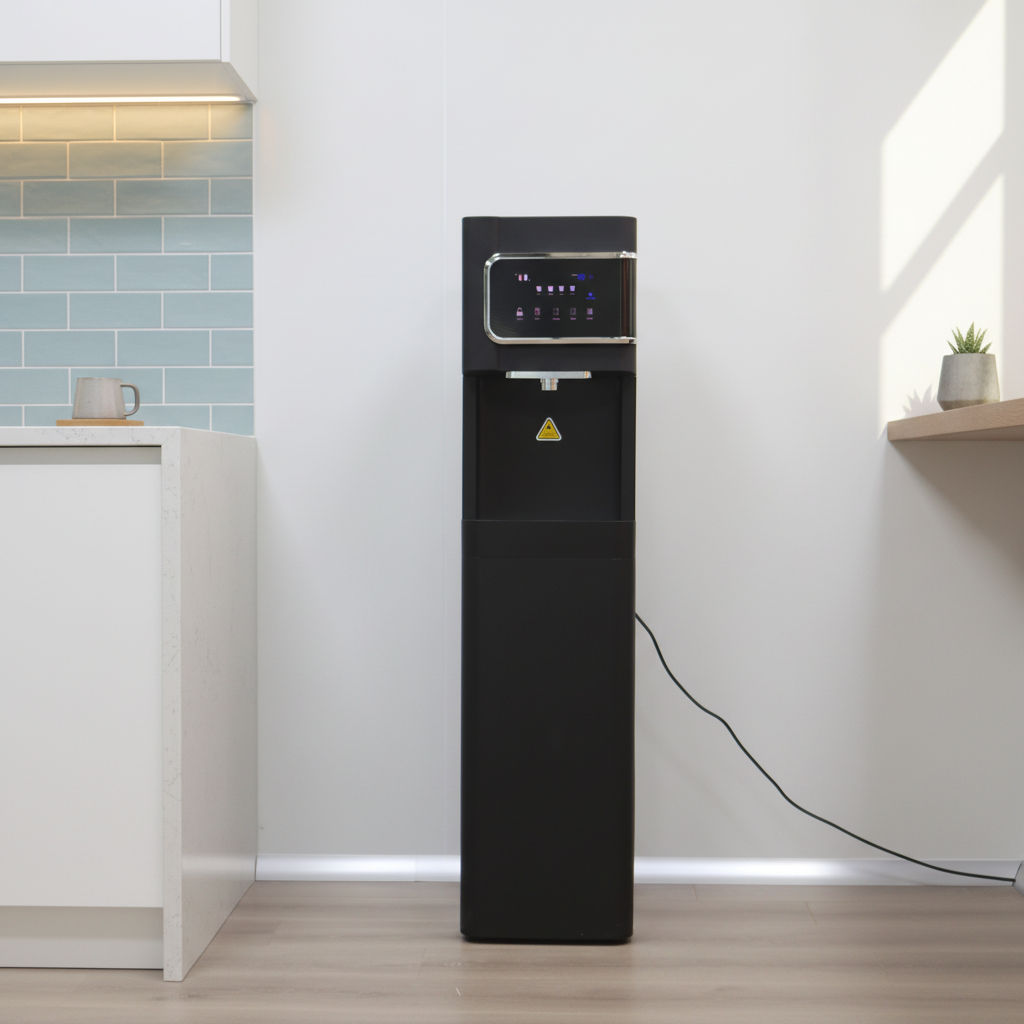Clean, safe drinking water is fundamental to health, yet many households struggle with water quality issues ranging from unpleasant taste to concerning contaminants. With numerous technologies and brands available, selecting the right water purification system can feel overwhelming. This comprehensive guide breaks down everything you need to know to make an informed decision for your home.
Understanding Water Contaminants: What’s Really in Your Tap Water?
Before choosing a purification system, it’s crucial to understand what you’re filtering out. Common water contaminants include:
- Heavy metals like lead, mercury, and arsenic
- Chlorine and chloramines used in municipal water treatment
- Microorganisms including bacteria, viruses, and cysts
- Pharmaceutical residues and industrial chemicals
- Sediments like rust, sand, and dirt
The first step in selecting a water purifier is identifying which contaminants are present in your water. You can obtain a water quality report from your local municipality or use a home testing kit for more specific results.
Water Purification Technologies Explained
Different purification technologies target specific contaminants. Understanding how each works will help you choose the right system:
1. Reverse Osmosis (RO)
- How it works: Water is forced through a semi-permeable membrane that blocks contaminants
- Removes: Dissolved salts, heavy metals, fluoride, viruses, and bacteria
- Best for: Areas with high total dissolved solids (TDS) or well water
- Considerations: Wastes 2-3 gallons of water for every gallon purified; requires regular membrane replacement
2. Activated Carbon Filtration
- How it works: Porous carbon material traps contaminants through adsorption
- Removes: Chlorine, pesticides, herbicides, and improves taste/odor
- Best for: Municipal water with chlorine treatment
- Considerations: Less effective against minerals, salts, and dissolved inorganic compounds
3. UV Purification
- How it works: Ultraviolet light disrupts the DNA of microorganisms
- Removes: Bacteria, viruses, and cysts
- Best for: Biological contamination concerns
- Considerations: Doesn’t remove chemical contaminants or improve taste
4. Ceramic Filtration
- How it works: Water passes through tiny pores in ceramic material
- Removes: Sediment, rust, and microorganisms
- Best for: Areas with bacterial concerns and sediment issues
- Considerations: Requires regular cleaning; slow filtration rate
Types of Water Purification Systems
Under-Sink Systems
- Installed beneath your kitchen sink with a dedicated faucet
- Provide high-capacity filtration without counter space
- Typically combine multiple technologies for comprehensive purification
Countertop Filters
- Sit on your counter and connect to the faucet
- Portable and installation-free
- Ideal for renters or those with limited space
Whole-House Systems
- Treat all water entering your home
- Protect appliances and plumbing from scale and corrosion
- Provide filtered water from every tap
Water Filter Pitchers
- Most affordable and portable option
- Use activated carbon filters
- Good for improving taste but offer limited contaminant removal
Key Factors to Consider When Choosing a Water Purifier
1. Water Quality
Test your water to identify specific contaminants. This is the most important step in selecting the right technology.
2. Water Usage
Calculate your household’s daily water consumption to determine the capacity you need.
3. Maintenance Requirements
Consider filter replacement frequency and costs, as well as any professional servicing needs.
4. Certification
Look for systems certified by NSF International or other recognized bodies that verify performance claims.
5. Budget
Factor in both initial costs and long-term expenses including filter replacements and maintenance.
6. Installation
Consider whether you need a professional installation or prefer a DIY system.
Maintenance: Keeping Your Water Purifier Effective
Regular maintenance is crucial for optimal performance:
- Filter replacements: Mark your calendar for scheduled changes
- System sanitization: Prevent bacterial growth in storage tanks
- Membrane cleaning: For RO systems, regular cleaning extends membrane life
- Performance monitoring: Watch for changes in water flow, taste, or quality
Frequently Asked Questions
Q: How often should I replace water filters?
A: It depends on your water usage and quality, but generally:
- Sediment filters: 3-6 months
- Carbon filters: 6-12 months
- RO membranes: 2-3 years
- UV lamps: 1 year
Q: Do water purifiers remove beneficial minerals?
A: Reverse osmosis systems remove most minerals, while other technologies may preserve them. Some systems include remineralization stages to add beneficial minerals back into the water.
Q: Can I install a water purifier myself?
A: Many countertop and under-sink systems are designed for DIY installation, while whole-house systems typically require professional installation.
Q: How much does a home water purification system cost?
A: Prices range from $20 for basic pitchers to $3,000+ for whole-house systems, with under-sink RO systems typically costing $200-$800.
Making Your Decision: A Simple Checklist
- Test your water quality
- Identify your primary contaminants of concern
- Determine your budget and space constraints
- Research certified systems that address your specific needs
- Compare long-term maintenance costs
- Read customer reviews and professional ratings
- Consult with water treatment professionals if needed
Conclusion
Investing in a water purification system is an investment in your family’s health and well-being. By understanding your water quality needs and the available technologies, you can select a system that provides clean, great-tasting water for years to come. Remember that regular maintenance is key to ensuring your system continues to perform effectively.
Take the first step today by testing your water quality and researching systems that match your specific needs. Your future self will thank you for the peace of mind that comes with knowing your drinking water is safe and healthy.
Post time: Nov-17-2025


